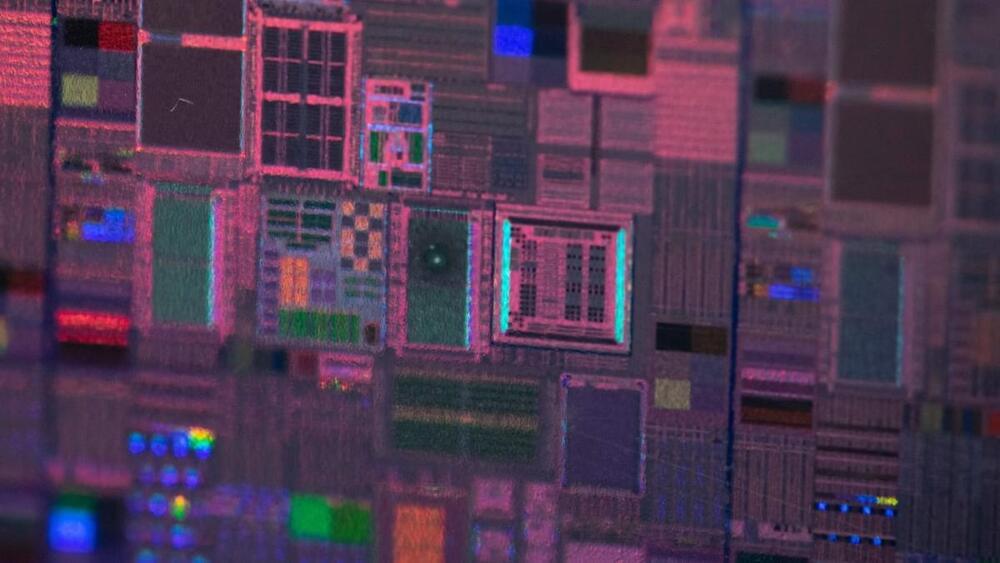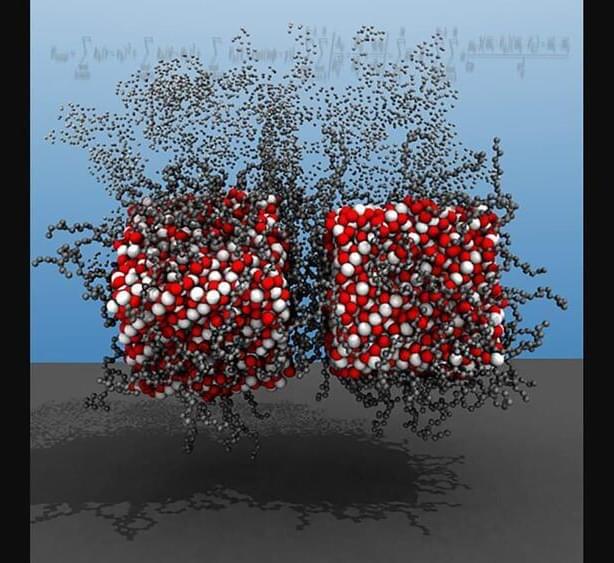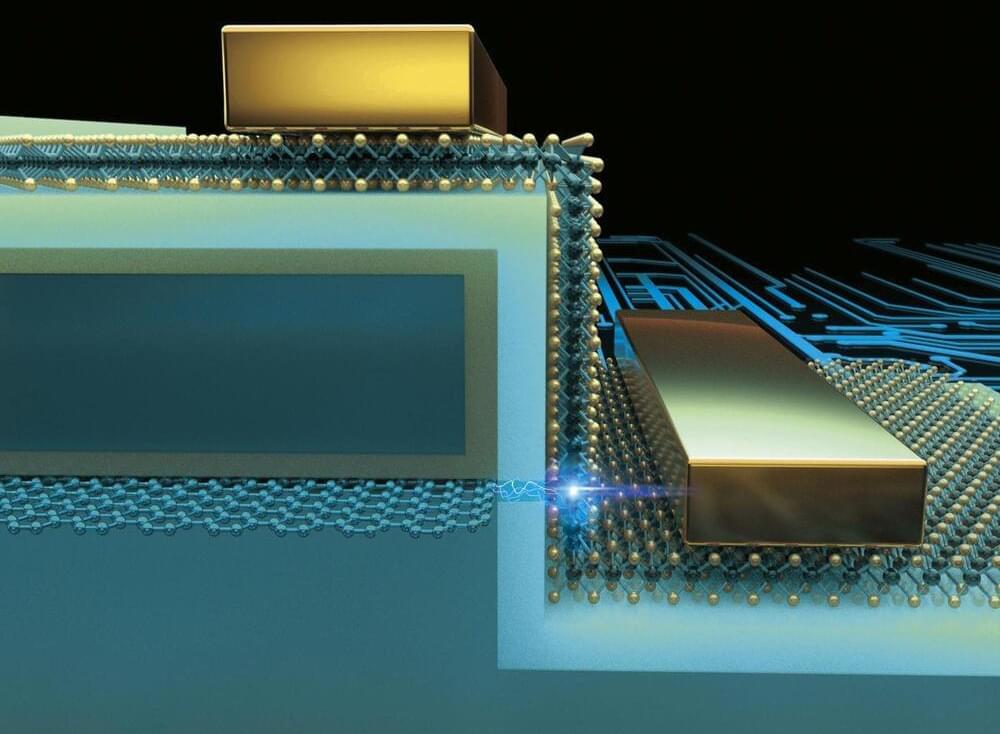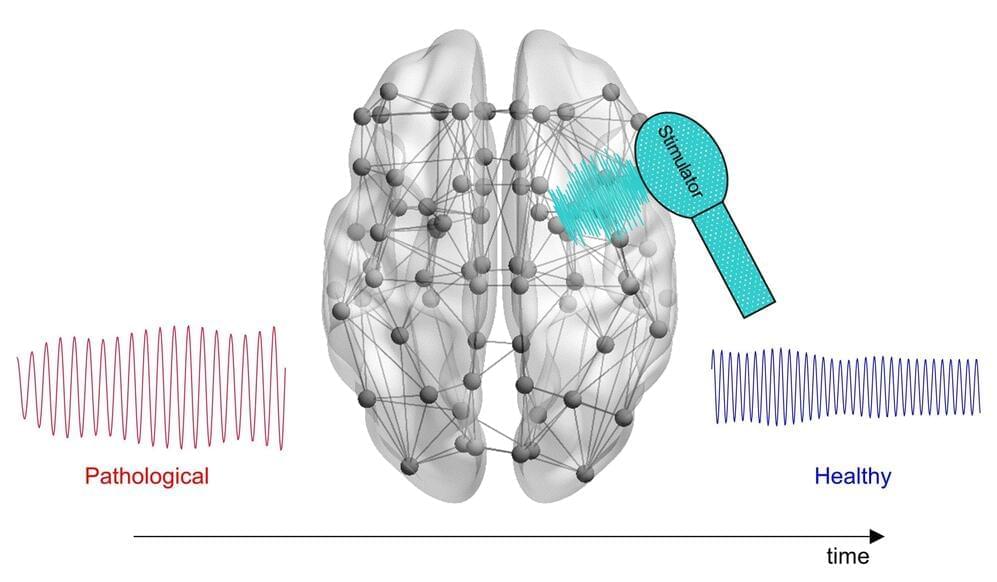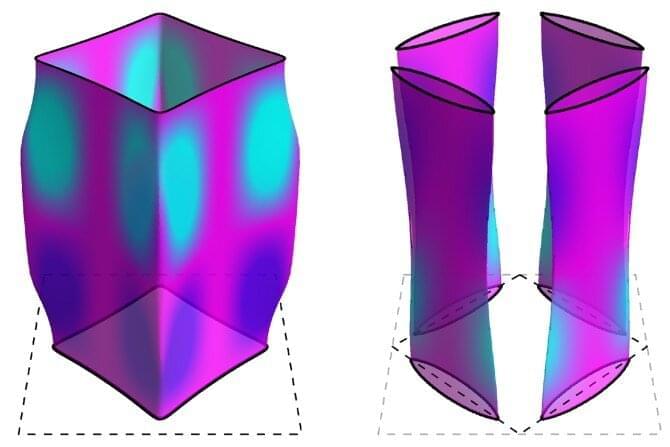Circa 2019
When Ken-Ichiro Kamei, a microengineer at Kyoto University, goes out drinking with his friends, he usually brings along one of his “bodies on a chip.” When the topic of work inevitably comes up, he’ll whip out the chip – which looks like a lab slide, but with an added crystal-clear silicone rubber layer containing faintly visible troughs and channels – and declare, “I’m making these devices to recreate humans and animals.”
Wows inevitably ensue. “It’s like I’m a magician and my friends have asked me to do some tricks,” Kamei chuckles.
Kamei is at the forefront of a new field of biotechnology that seeks to replicate organs, systems and entire bodies on chips such as the one he likes to show off. While traditional biochemical experiments carried out on lab plates are static and isolated, the chips Kamei uses contain an interconnected system of channels, valves and pumps that allow for more complex interactions – to the point that they can mimic a living system. Recognizing the potential such chips have for revolutionizing medical research, in 2016 the World Economic Forum named “organs-on-chips” in their top 10 emerging technologies of the year. But while those specialised chips mimic particular tissues or organs, Kamei and his colleagues aim to eventually mimic whole animals. “It’s quite ambitious,” he says.

